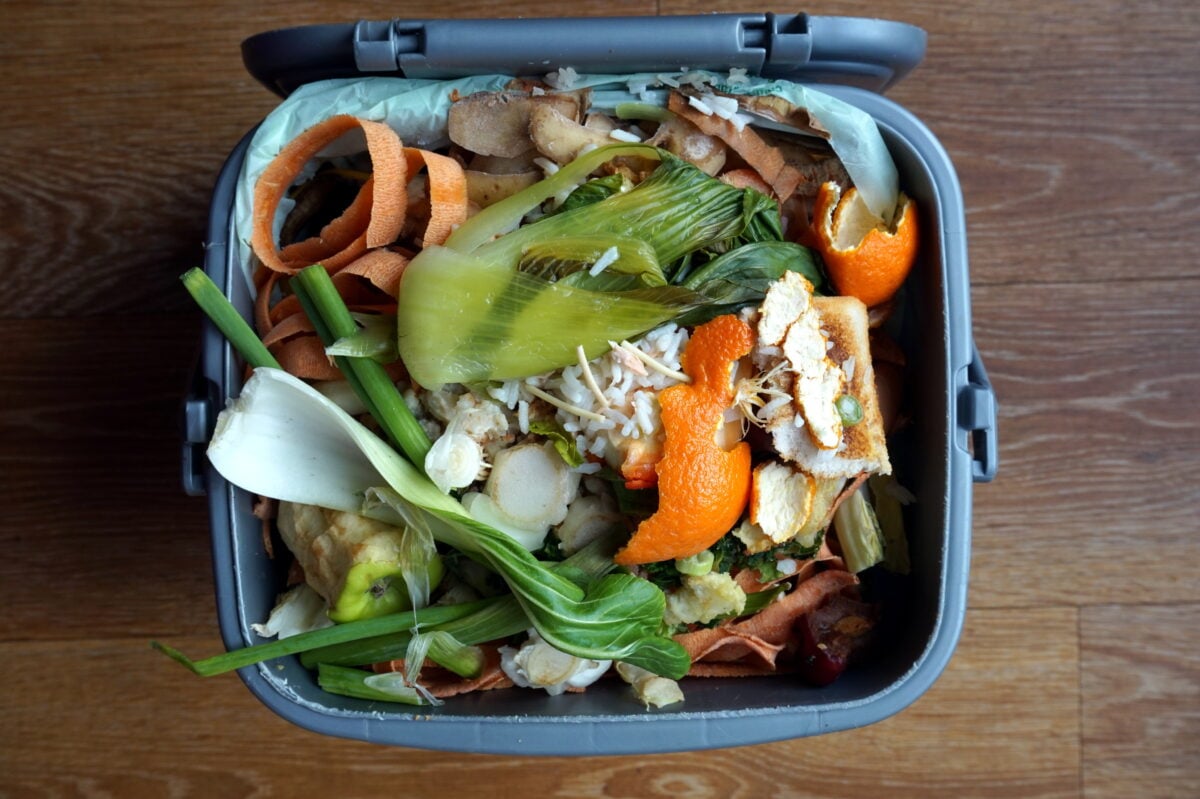A recent report shows that food waste increases by 30 percent in summer.
Read more: Tesco is now tattooing its avocados to save plastic waste
Impact technology company Divert Inc. recently reviewed its data on retail, hospitality and other customers in the U.S. between 2020 and 2023.
Accordingly, the average increase in July, August and September was 30 percent compared to January, February and March of the same calendar year.
“While food waste is indeed a year-round crisis, our data shows that the summer months are the primary source of food waste year-round,” said Ryan Begin, CEO and co-founder of Divert, in a press release published on October 27, 2018. BusinessWire.
“This increased volume puts a strain on food donation networks as more perishable food must be transported and backup infrastructure must be in place to accommodate these fluctuations,” he added.
Divert founder: “We really have to do something” to combat food waste
In his report, Divert notes that the extreme heat caused by the climate crisis is “significantly increasing” the error rate for improper food handling. For example, the hotter it is outside, the less time retailers have to safely transport and store food before it spoils.
Another factor is that consumer behavior changes during the summer months. More high-quality products are available in supermarkets, and restaurants and cafes also do better business. Grocery stores and restaurants are likely to purchase more food to meet expected demand, but may struggle to adequately replenish stocks.
Divert says summer is also peak season for perishable foods and social gatherings like barbecues. This combination can lead to an oversupply of perishable foods in stores, overbuying by consumers and more waste.
Divert suggests that data monitoring technologies could be better used to predict fluctuating consumer demand. In addition, supermarkets could effectively reduce prices on products approaching expiration dates and improve relationships with food donation programs.
“Our findings show how important data is to gain insight into this problem, but we need to go a step further to create meaningful change,” Begin said. “From here, we need real action and implementation of solutions with stakeholders across the industry – from consumers to retailers and food manufacturers to restaurants.”
Read more: Canned ‘fish’ made from vegetables now available at Whole Foods
The climate crisis, consumer habits and industry behaviour all contribute to food waste
According to the Food and Agriculture Organization of the United Nations (FAO), about a third of all food produced is lost or wasted each year.
That’s 1.3 billion tons of food that could otherwise be used to feed the 2.83 billion people – about 35 percent of the world’s population – who cannot afford a nutritious diet.
In the USA alone, more than 44 million people suffer from hunger, including one in five children. But the USA wastes more food than any other country: 60 million tons per year, or 30 to 40 percent of the total food supply.
In addition, around eight percent of the Earth’s total greenhouse gas emissions come from food waste. When food waste is disposed of in landfills rather than in compost bins or special containers, it produces methane, a powerful greenhouse gas.
Finally, food waste means that the production process has wasted a significant portion of the planetary resources used to sustain the current food system – land, water, minerals, air and, of course, animal lives.
How to reduce global food waste
Despite UN pledges to halve global food waste by 2030, Boston Consulting Group (BCG) predicts that annual waste could potentially rise to 2.1 billion tonnes if left unchecked. There is an undeniable need for urgent action to curb food waste – for the benefit of people, the health of the planet, and for a fairer – and more sustainable – global food system.
The following must happen to make this change.
More efficient food production

Today’s food policy is often driven by the idea that further intensification of food production is needed to feed growing populations. However, according to an analysis by Compassion In World Farming (CIWF), a far more effective tactic would be to rationalise the global food system to make it more practical, accessible, equitable and sustainable.
Much of the crop yield and resources are given over to livestock, which is considered extremely unsustainable. Studies have shown that for every 100 calories fed to livestock, humans only get 30 calories back in the form of meat and dairy products. If the world switched to a plant-based diet, we could free up around 75 percent of agricultural land and create a far more efficient food system.
Optimization of supply chains and inventory management
As Divert notes, improvements in storage, transportation and overall supply chain efficiency could significantly reduce post-harvest spoilage. For example, improved logistics management or improvements in cold storage could keep fresh produce and other environmentally sensitive foods fresher for longer during transport.
At the same time, better inventory management – both in the form of data analytics to predict demand and price reductions on non-durable goods – could help reduce food waste in stores and restaurants. This could effectively go hand in hand with government improvements in food donation programs to support better distribution and availability.
Reduce food waste at home
The UK’s Waste and Resources Action Programme (WRAP) estimates that around 70 percent of food waste is generated at household level, compared to 16 percent at manufacturers, 12 percent in the hospitality sector and just two percent in retail.
This means that while minimising food waste requires extensive efforts at government, industry and commercial levels – both nationally and internationally – there is still a lot that people can do in their daily lives to reduce food waste in their households.
1. Effective meal planning
Effective meal planning can contribute to a nutritious diet with minimal waste by adding structure to weekly shopping, making preparation easier, and encouraging creative use of existing leftovers for later in the week. (Try adding cooked vegetables to your favorite stir-fry dish.)
2. Improve your home storage
You can also familiarize yourself with best-before and use-by dates. The former are an indication of optimal freshness, while the latter can indicate spoilage. Food can also stay fresh for much longer if stored properly. For example, greens should be stored loosely in the refrigerator and garlic should be kept in the dark if possible.
3. Keep food waste out of landfills

Finally, if you have to dispose of spoiled food, be careful to avoid sending it to landfill if possible. If your municipality doesn’t offer food collection, a small compost pile is an effective way to dispose of household waste and create nutrient-rich soil for the garden.
Read more: Celebrity chef Supreme Dow serves 1,000 vegan community meals and sets Guinness World Record

